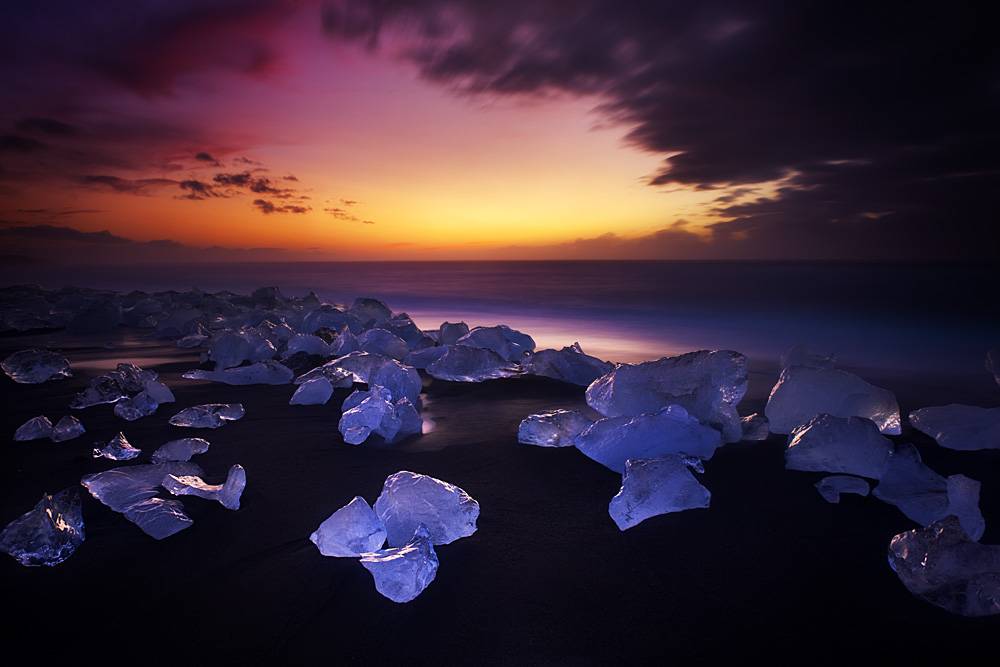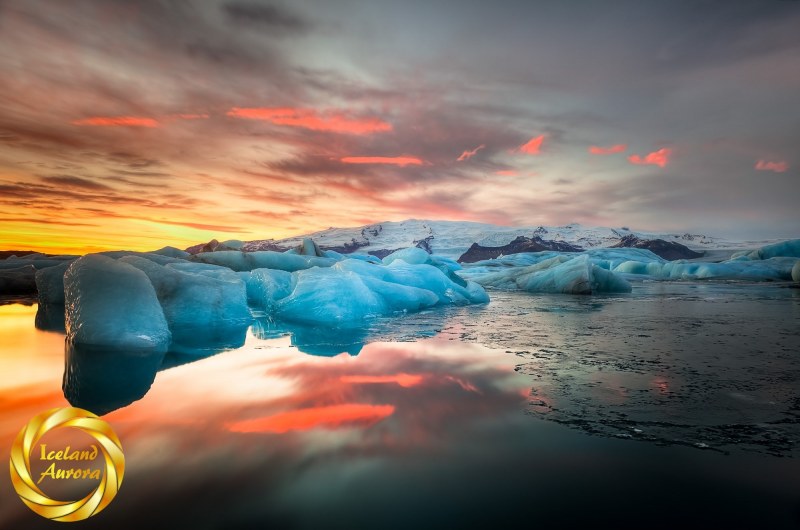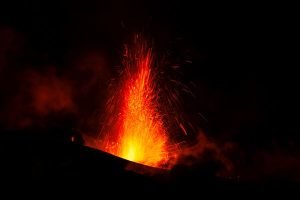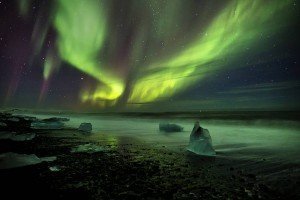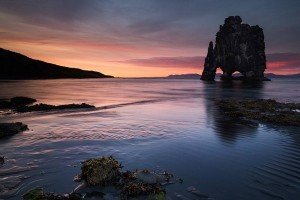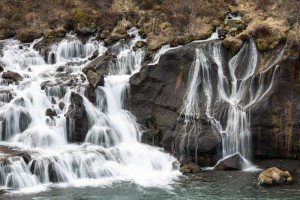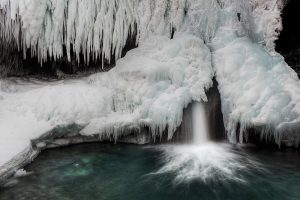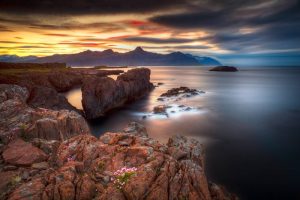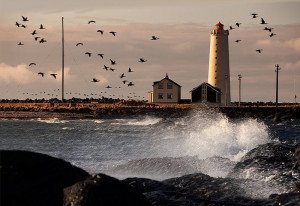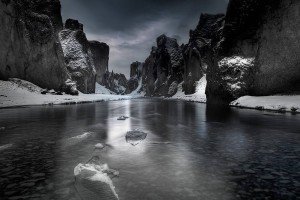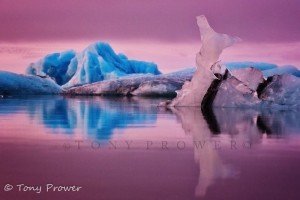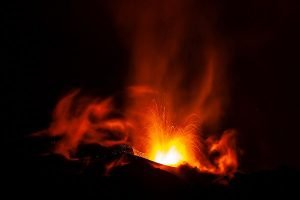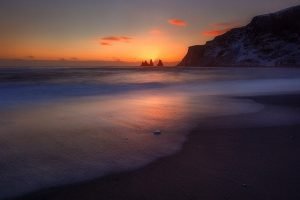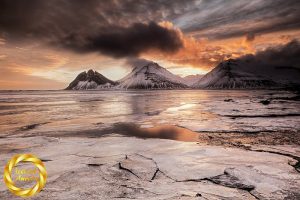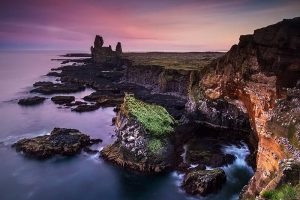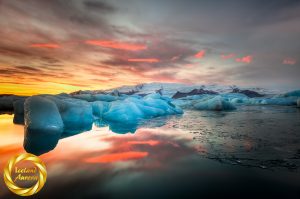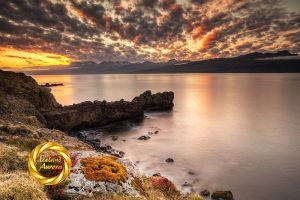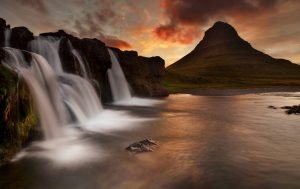As the world’s population grows and modernity spreads, the natural beauty of our planet is slowly being lost. But in southeast Iceland, the Jökulsárlón Glacier Lagoon and Diamond Beach remain a reminder of the majestic, untouched nature that has existed since time immemorial. Located within the greater Vatnjökull glacier, this location is a stark contrast to the ever-changing nature of urban centres.
Jökulsárlón Glacier lagoon
Jökulsarlón adds a bit of magic to any trip to Iceland!
Jökulsárlón has been called a “frozen paradise” for its captivating beauty, with an enchanting blue lagoon surrounded by ice-capped mountains and glaciers. The area is home to icebergs of all shapes and sizes, making it a perfect destination for photographers and nature lovers alike. For example, the majestic Öræfi volcano can be seen from the edge of the lagoon – a sight that’s not to be missed.
Whether you’re a traveller seeking an unforgettable adventure or a nature enthusiast in search of stunning scenery, Jökulsárlón Glacier Lagoon and Diamond Beach in Vatnjokull Glacier are must-see destinations. From the serene beauty of the lagoon to the captivating ice formations on the beach, these natural wonders offer an insight into the immense power of Mother Nature.
The East Iceland glacial lagoon is now Iceland’s deepest lake with parts deeper than 200m in places. The huge lake holds thousands of tonnes of ice that has broken off the Breiðamerkurjökull which is an outlet glacier of Vatnjökull Glacier. It is the only Iceland location where ice actually makes it from the glacier to the open ocean.
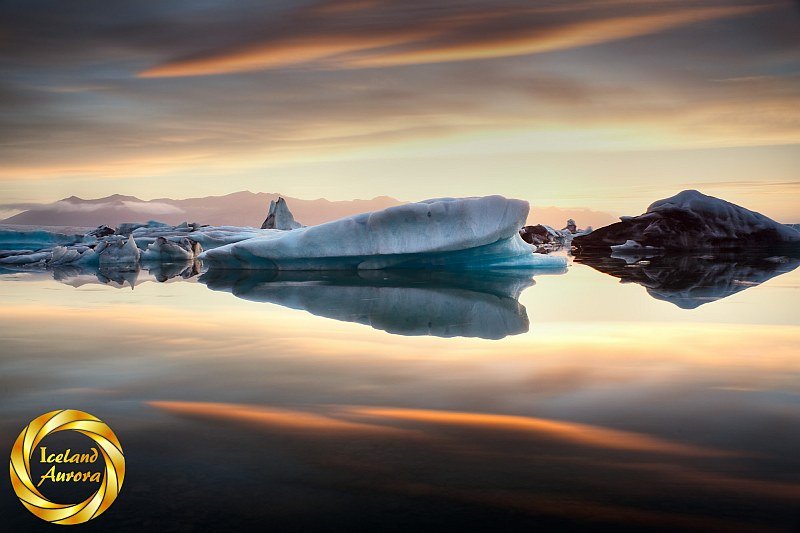
Ancient Ice
Some of the ice on Jökulsárlón fell as snow in the days of the Sagas over one thousand years ago. Recent observations estimate that the ice retreats at a rate of 100 meters per year. Warmer sea water from the North Atlantic Ocean creeps under the lagoon to the glacier shelf. This not only speeds up the melting of the glacier, but also brings in fish along with seals and birds. For this reason, the lagoon can be one of the best spots for wildlife photography in Iceland. Because of this rich feeding ground, the Nature Photographer can enjoy birds and seals all year round.
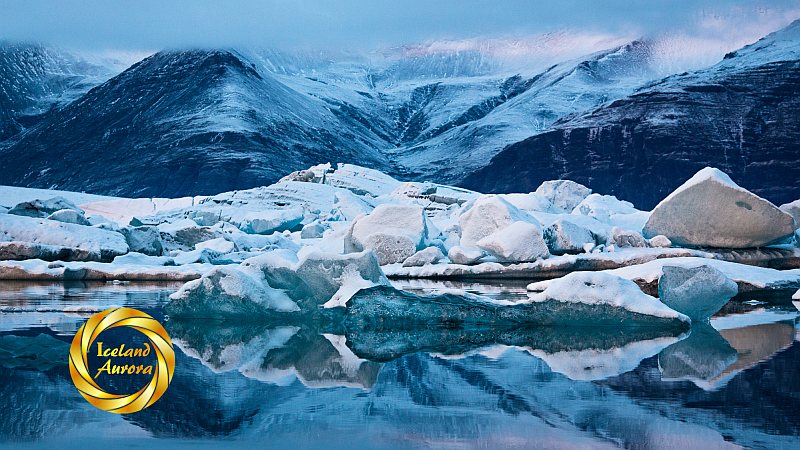
Danger Warning!
Jökulsarlon seems to bring out the dangerous side of tourists. People will risk their lives by climbing onto floating ice for a selfie, & some photographers risk the chance of broken legs if they walk into the sea at the Diamond beach for a more unique perspective.
I have swum in the glacier lagoon and so has Whim Hoff. But this is not to be encouraged. Sometimes, I would see a courageous teenager strip off their clothes in front of their mates and proceed to hop madly into the icy lake.
Some of our guests have taken off their seat belts and tried to jump out of the car before it has stopped moving!!. This had nothing to do with my minty fresh breath, it was because the view of Jökulsárlón becomes so overwhelming.
Jökulsárlón National Park
This world famous Glacier lagoon in South East Iceland has just been declared a National Park. This is an important decision because it means that the lagoon area will be protected from development.
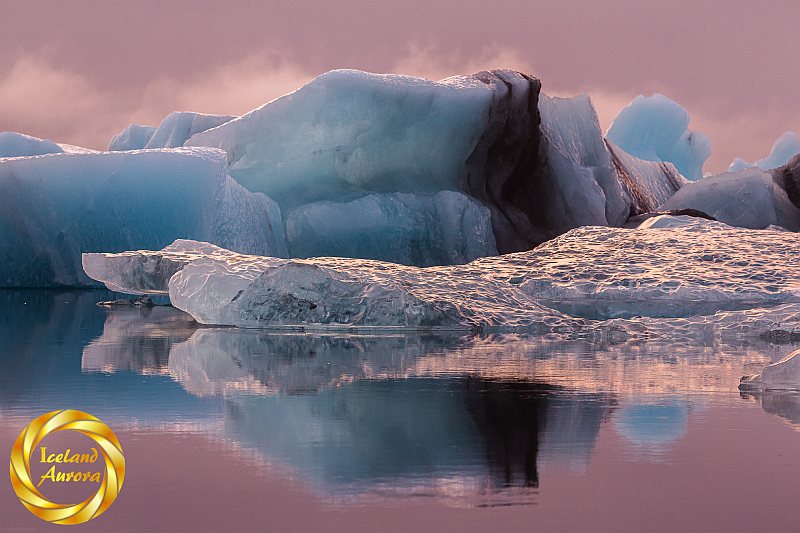
Glacier Geology
Jokulsarlon sits on Iceland’s longest fjord. Most of the fjord has been covered with glacier since the mini ice age over the last 8 hundred years. Global warming might just reveal the fjord for the first time in hundreds of years. In the days of the saga, the mighty Vatnjökull was described as 2 smaller glaciers. It was possible to hike between them.
The East side of the Jökulsarlon lagoon with the cafe and boat tours is now a National park. Camping is forbidden there, but nobody seems to bother the camper vans parked there late every evening. Except the aurora hunting photographers who come to Jökulsarlon for fantastic Northern Lights displays.
The lake is almost completely surrounded by terminal moraines. These small hills are created by the expanding glacier and provide useful view points. There are moderate hikes on both sides of the lagoon. This is a good way to get away from the crowds. Use the large hill near the carpark to see if the ice gets close to the shore in other parts of the lake.
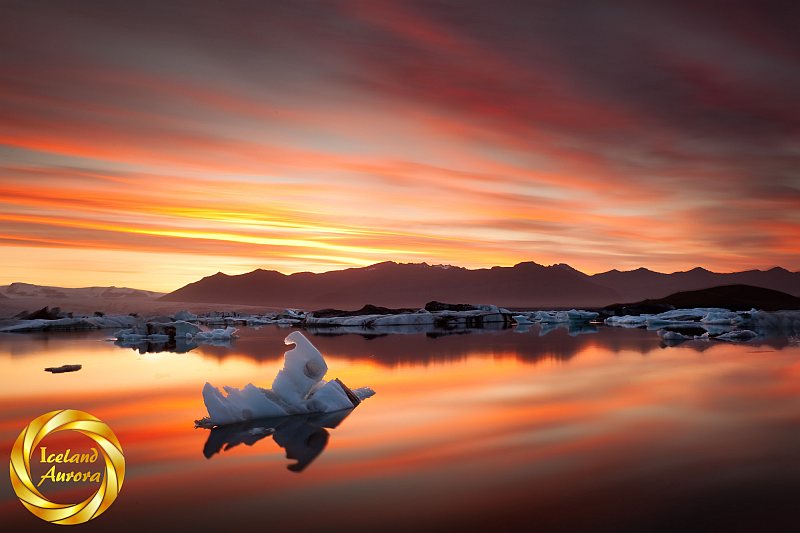
Wildlife at Jökulsárlón
The Glacier Lagoon, located in the southeast part of Iceland, is home to a diverse array of wildlife. The lagoon is fed by the Vatnajökull Glacier and its surrounding glaciers and is one of the most visited tourist attractions in the country. From sea birds to seals, and everything in between, wildlife at Jökulsárlón is plentiful and a popular area for visitors to explore and observe
The lagoon is mostly inhabited by seabirds, particularly black-headed gulls and common guillemots. These birds can usually be seen fishing around the edges of the lagoon or on its surface. During the summer months, large flocks of terns and other sea birds flock to the lagoon, attracted by its plentiful food supply. In addition to birds, harbour seals have been spotted around the lagoon as well as porpoises. Occasionally, you may even spot a humpback whale or a white-beaked dolphin.
The lagoon is also home to some land animals, such as Arctic foxes and reindeer. The Arctic fox is though to be the only land mammal native to Iceland, but in reality it arrived like the early humans, livestock and rodents – by sea. They would have arrived via stray icebergs from Greenland or Norway. Arctic foxes tend to be sighted near the shoreline of the lagoon, but not where the tourists gather. Reindeer, have recently been introduced to the area and can be seen grazing along the edges of the glacier and amongst the rocks that line the shore.
A place to reflect
In the summer the lagoon is the perfect place to spend time. The ice chills the air nicely as the Arctic terns buzz around above your head. Families of seals try to get away from the groups of tourists but seem fascinated by tripods and telephoto lenses.
The shelter of the ice means that perfect reflections are common on the lagoon. They can be easily disturbed by a passing seal of the crashing of one of the bergs as it turns over. The perfect reflection make the glacier lagoon a favourite place for photographers because, in the early morning or late evening, it is nearly impossible to take a bad picture.
The Glacier Lagoon has been used as a film set for many films including James Bond, Batman and Tomb Raider. The East side of the Jökulsarlon lagoon with the cafe and Amphibious boat tours is now a National park. Camping is forbidden there, but nobody seems to bother the camper vans parked there late every evening. Except the aurora hunting photographers who come to Jökulsarlon for fantastic Northern Lights displays.
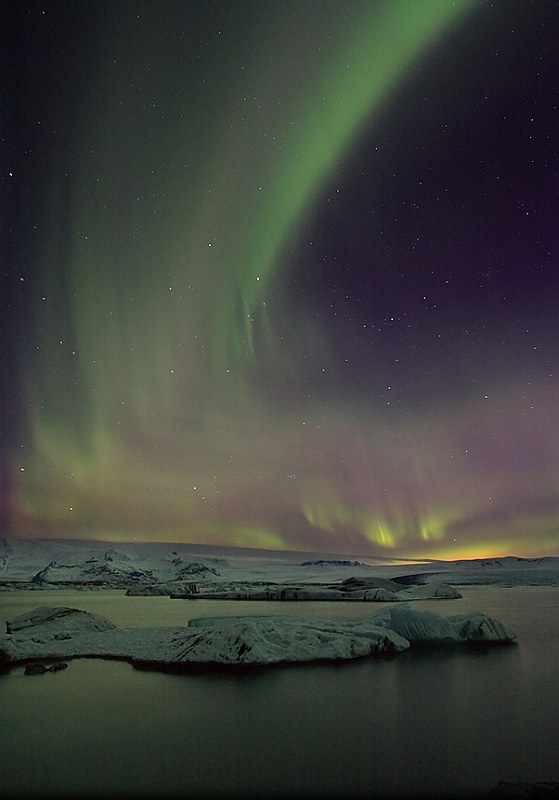
Diamond Ice Beach
For those looking to explore further afield, Diamond Beach can be found just a few miles away, where the retreating glaciers have left behind massive chunks of glistening ice on the shoreline. This extraordinary spot is a beach in front of a large glacial lagoon, with its mesmerizing black sands and diamond-like ice pieces from the largest glacier in Europe. But how did the beach come to be?
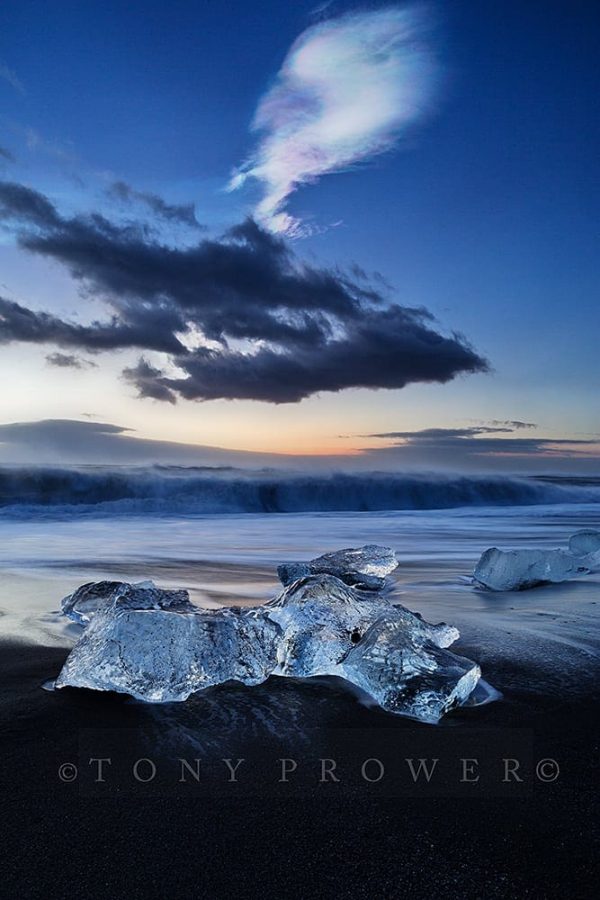
The Diamond Beach is formed by the melting of the Vatnajökull Glacier. As the glacier melts, it releases icebergs into the Jökulsárlón lagoon, which then drift into the North Atlantic Ocean. The waves of the ocean then push these icebergs back onto the shore, creating a breathtakingly beautiful black sand beach covered in ice chunks.
The ‘diamond’ effect is created by the salt content of the waves. As the waves move the icebergs onshore and back off again, the salt content in the water helps to erode the ice, giving it its sparkling appearance. The black sand is a sediment deposited by the glacier throughout time, which gives the beach a stark contrast against the white ice.
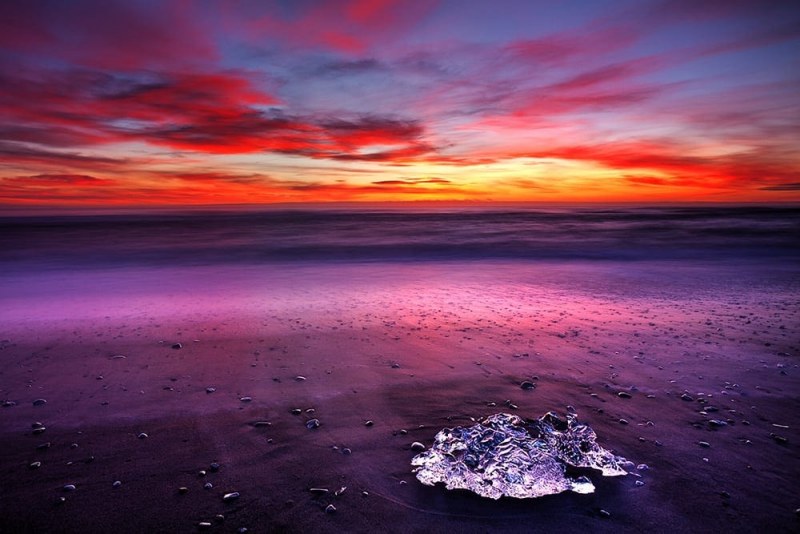
There are only a few places that constantly challenge my photography and continues to inspire great shots. The Diamond beach is one of them. The glacier ice beach is mainly Black Sand, but has areas of pebbles and shingle. From the beach, you are looking South over the North Atlantic Ocean. In the mid-Winter, the sun rises and sets over the sea. Having Blue Glacier Ice on black sand is incredible. Catching the scene with an Arctic sunrise is a photographer’s dream.
Northern Lights at Jökulsárlón
Jökulsarlon is probably the best place to photograph northern lights. We were often rewarded with an Aurora display over Jökulsarlon Glacier Lagoon on our 5 day photo workshops. Normally, the Northern Lights will cross the Northern Night Sky. It seems to connect the mountains on the East with the mountains on the West of the glacier. If you are lucky enough to have clear night skies on an active Aurora night, you might be treated to a perfect reflection in the glacier lake.
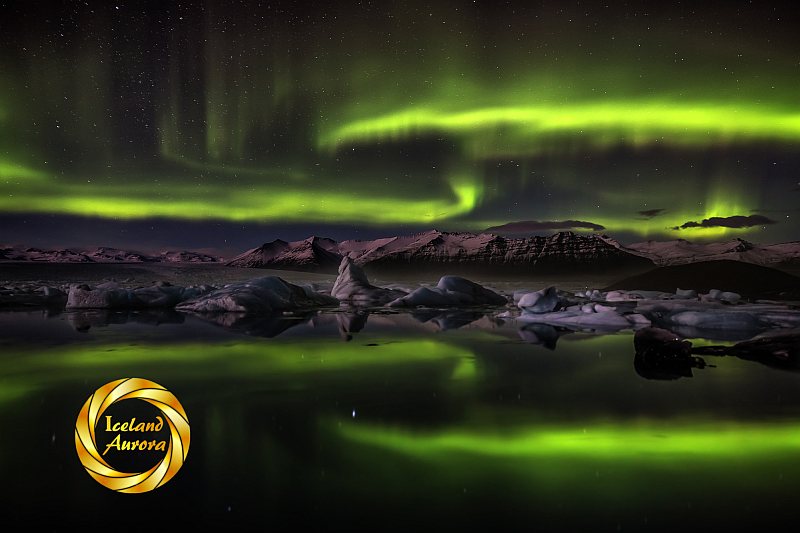
The article Night of Ghosts was written about one of these experiences.
Northern Lights over Diamond Beach
If the northern lights are really active, they might appear in the southern skies. This means that it could be possible to photograph the Northern Lights on Diamond Beach. The long exposure could be too much if the waves are big. The smaller icebergs could move around over a 30-second exposure. Also, it can be dangerous to stand near the ocean in the dark. Always allow for big swells and have waterproof footwear.
Nature Photography Tips
Iceland’s famous Jökulsárlón Glacier Lagoon was the main attraction of most of our popular photo tours. The photos from this location inspired many top photographers and tourists to visit this corner of East Iceland.
Wide Angle
If there is any colour or drama in the sky, then a wide-angle lens is a good choice. Look for any icebergs that are close to the shore. Sometimes you can get a bit closer to the floating ice by putting your tripod in the lake. Be careful, though, because the lake is tidal and you could lose everything. Try to focus on foreground and find a nice piece of ice that will lead into the bigger scene. Experiment with a polarizer. Try some long exposures if you can, but be aware that the ice moves.
Wide-angle lenses are useful for night and aurora photography. I photographed most northern light displays with a 24-mm lens (full-frame body). Only a few times did I wish I had a wider lens. Due to the lack of pollution, Jökulsarlon is quite good for photographing the Milky Way. I would recommend a wider lens for this, maybe 14–24 mm.
Telephoto Lens
Telephoto landscapes work very well at Jökulsarlon. Try to fill the frame with as many different textures as you can find. Don’t try to avoid the dirty, black ice. It is not great to look at, but it can add a lot to a photo. Adjust your exposure around 1 to 1.5 stops over to correctly expose the ice if it dominates the scene. Use a long telephoto lens to photograph seals. Telephoto landscapes: try to fill the frame with as many different textures as you can find. Shooting seals need around 200–400 mm.
Long Exposures
Jökulsarlon can be spectacular during the golden hours. The colours in the sky reflect with blue icebergs, or reflect off the crystal ice again into the dark, black sand on Diamond Beach. Sometimes a long exposure is necessary in low light. While this can be beneficial on the beach to show the movement of the waves, it might not work on the glacier lagoon, where the icebergs can move imperceptibly.
Where to Stay near Jökulsarlon
Hali Country Hotel
The closest and best hotel to Jokulsarlon is Hali Country Hotel. This hotel started as a small guesthouse. The old accommodation now houses an excellent team of staff. They have over 30 rooms with private bathrooms. The beds are all large single beds with clean and comfortable bedding. Each room has a TV and internet connection. There is a communal area where you can make tea or coffee and buy alcohol in the evening. Breakfast is served in the restaurant and is a high-quality buffet. The buffet features bacon, eggs, sausages and beans. There are cereals, milk, yogurt and fruit. Alternatively, you can make a sandwich with slices of meat and home-baked bread. Use the sponsored link below to check availability.
Sponsored
Sponsored
Hotels Near Jökulsárlón
Use the sponsored links below to find and book hotels close to the Jökulsárlón and Fjallsárlón Glacier Lagoons My strong recommendation is Hotel Hali.
Hotel Map
Booking.comThings To Do at Jökulsárlón
At Jökulsárlón Glacier, there are plenty of things to do. Tourists can get close to the glacier by kayaking or taking a boat tour on the glacier lagoon. Guests can also take a guided hike up to the top of the glacier, admiring the stunning views of the surrounding landscape along the way. For those who just want to relax and take in the unique beauty of the area, enjoy a scenic hike around the shores or down to Diamond Beach and watch the picturesque icebergs drift from the lagoon out to sea.
Nature Activities in the area
These nature activities depart from the area.
How to get to Jökulsárlón
Self drive
From Reykjavik, take the #1 highway (Iceland ring road) eastwards for about 4 – 5 hours. Turn left just after the suspension bridge. Or turn right for the Diamond Beach. Take care driving in this area because the scenery is very distracting. Read more about visiting Jökulsárlón on a Self Drive.
Fly Drive
Alternatively you could fly to Höfn Airport and take a tour, taxi or rental car to Jökulsárlón. The airport is about 1 hour drive to the lagoon. Reykjavik to Höfn takes an hour to fly.
Tours to Jökulsárlón
These group tours include South Coast waterfalls, Black sand beach at Vik and Jökulsárlón Glacier lagoon and Diamond Beach. A day tour is a very tight schedule, so I recommend a multi-day tour to really appreciate Jökulsárlón.
Day Tours
This is a long day tour along the South Coast of Iceland and back. Most tours include short stops at Seljalandsfoss, Skogafoss and Vik. Be aware that mid-winter some of these stops could be in the dark. This also means that you could see the Northern Lights on the return journey.
Multi-day Tours
Multi-day tours to Jokulsarlon are highly recommended if you have the time. There are enough beautiful locations to keep you photographing for several days. See the links below for a wider choice of Jokulsarlon tours.;
Private Tours
Single and Multi-day private tours to Jökulsárlón. These are a bit more expensive, but include more flexibility. On balance these work well for small groups and families. For the travel photographer, a private tour is an investment.
Learn More in Höfn
Visitors to Jökulsárlón Glacier can learn about the area’s history by visiting the nearby museums and historic sites. They can also pay a visit to the local village at Höfn, where they can try some of the traditional Icelandic dishes and crafts. Whether you are a nature enthusiast or a history buff, there is something for everyone to enjoy at Jökulsárlón Glacier. So make sure to explore the natural beauty of this stunning area while visiting Iceland.
